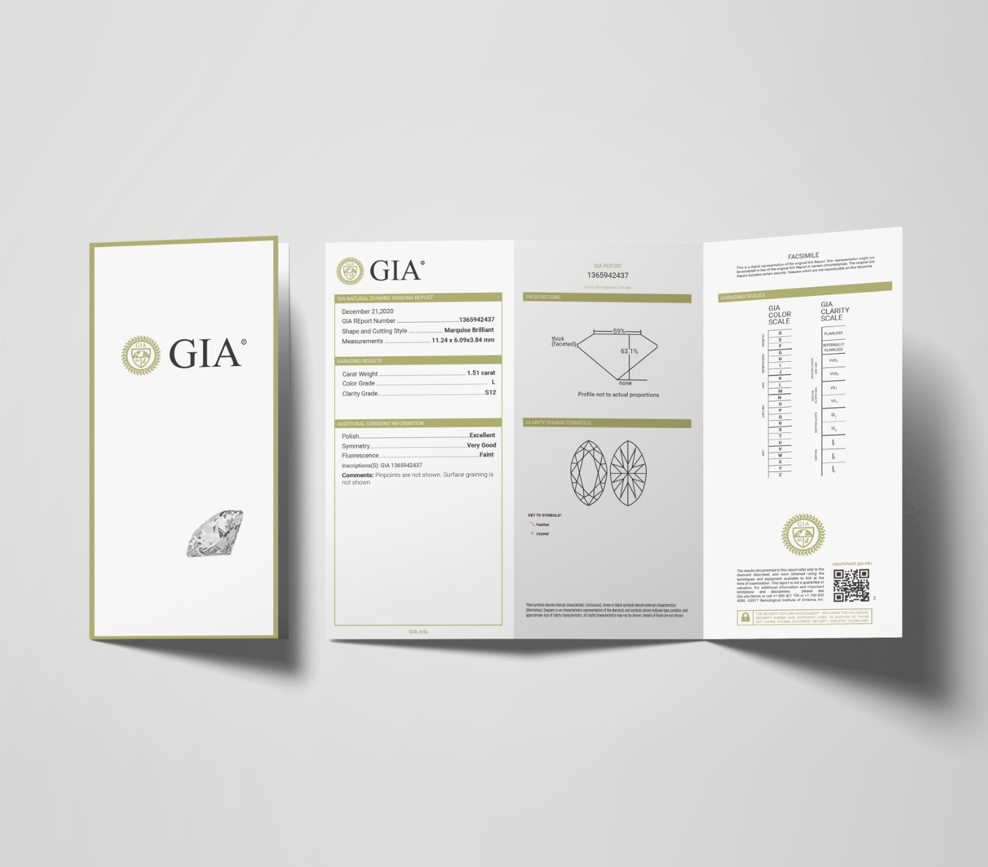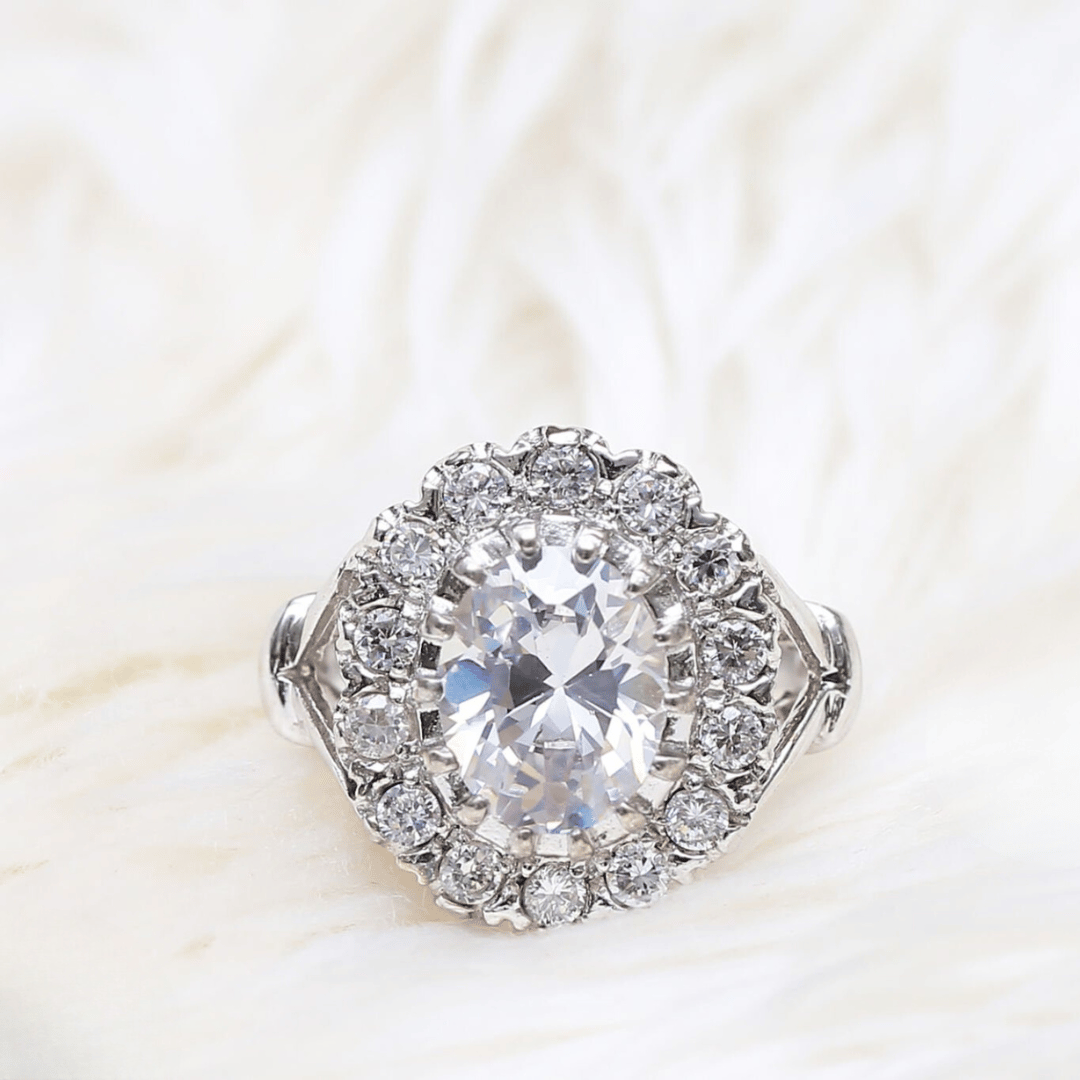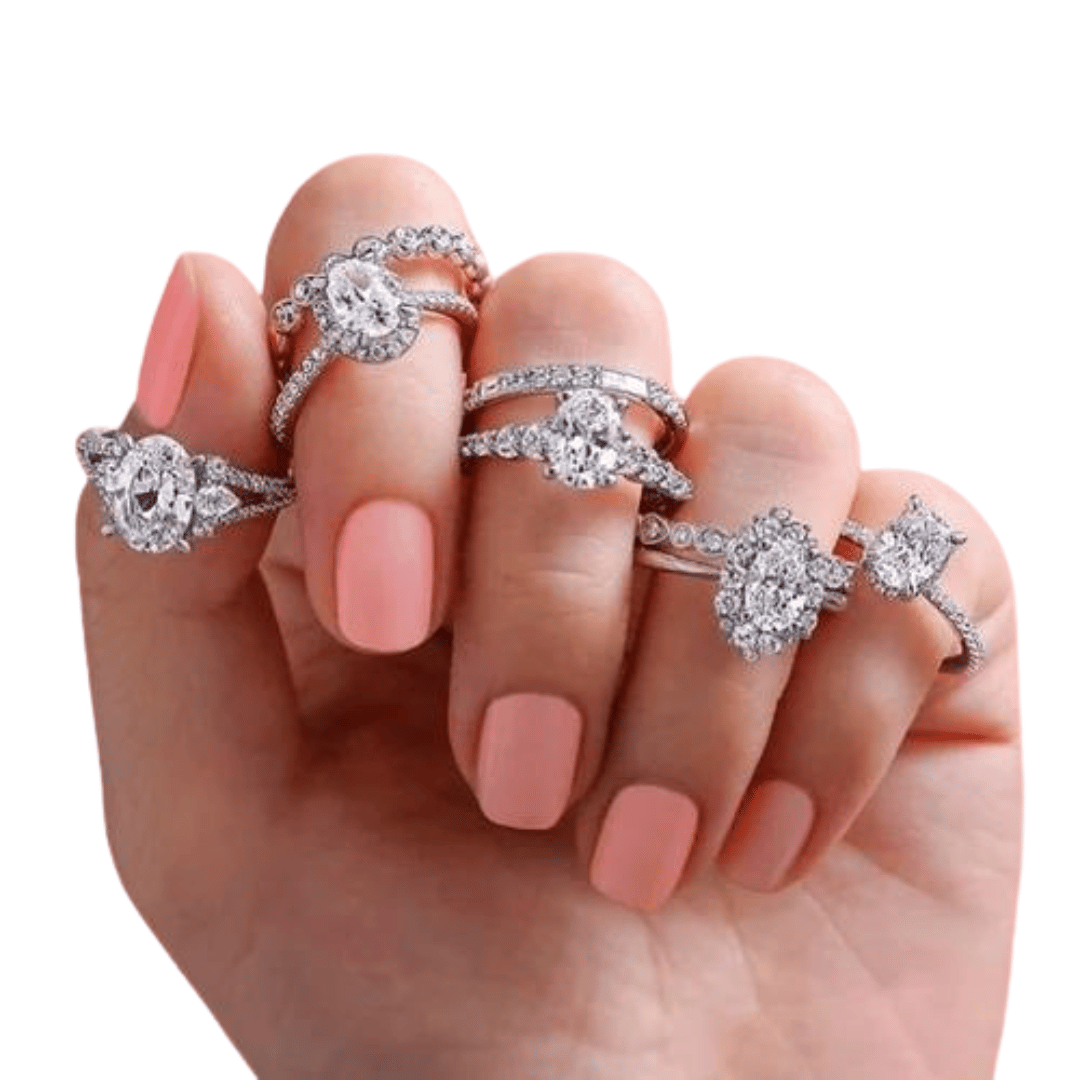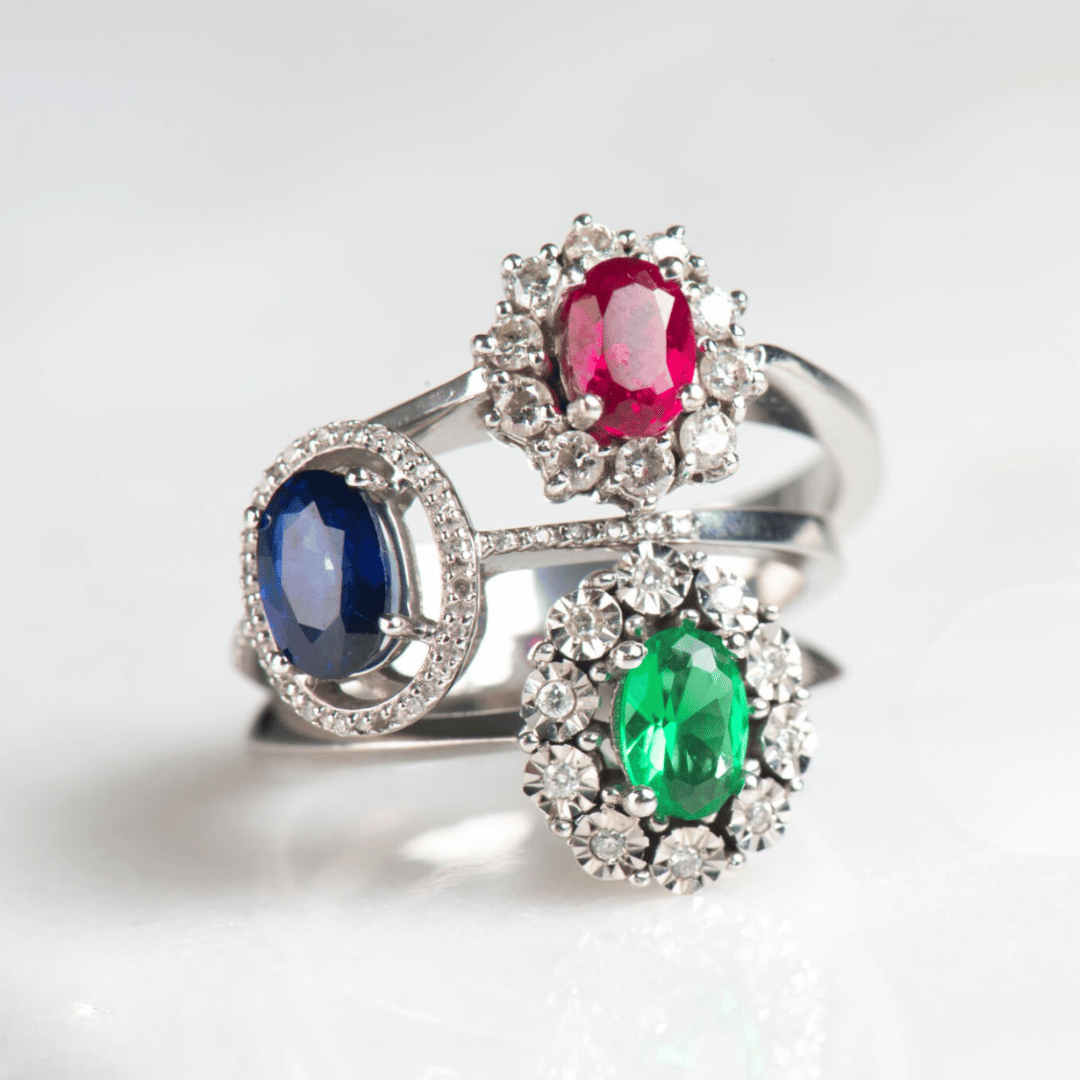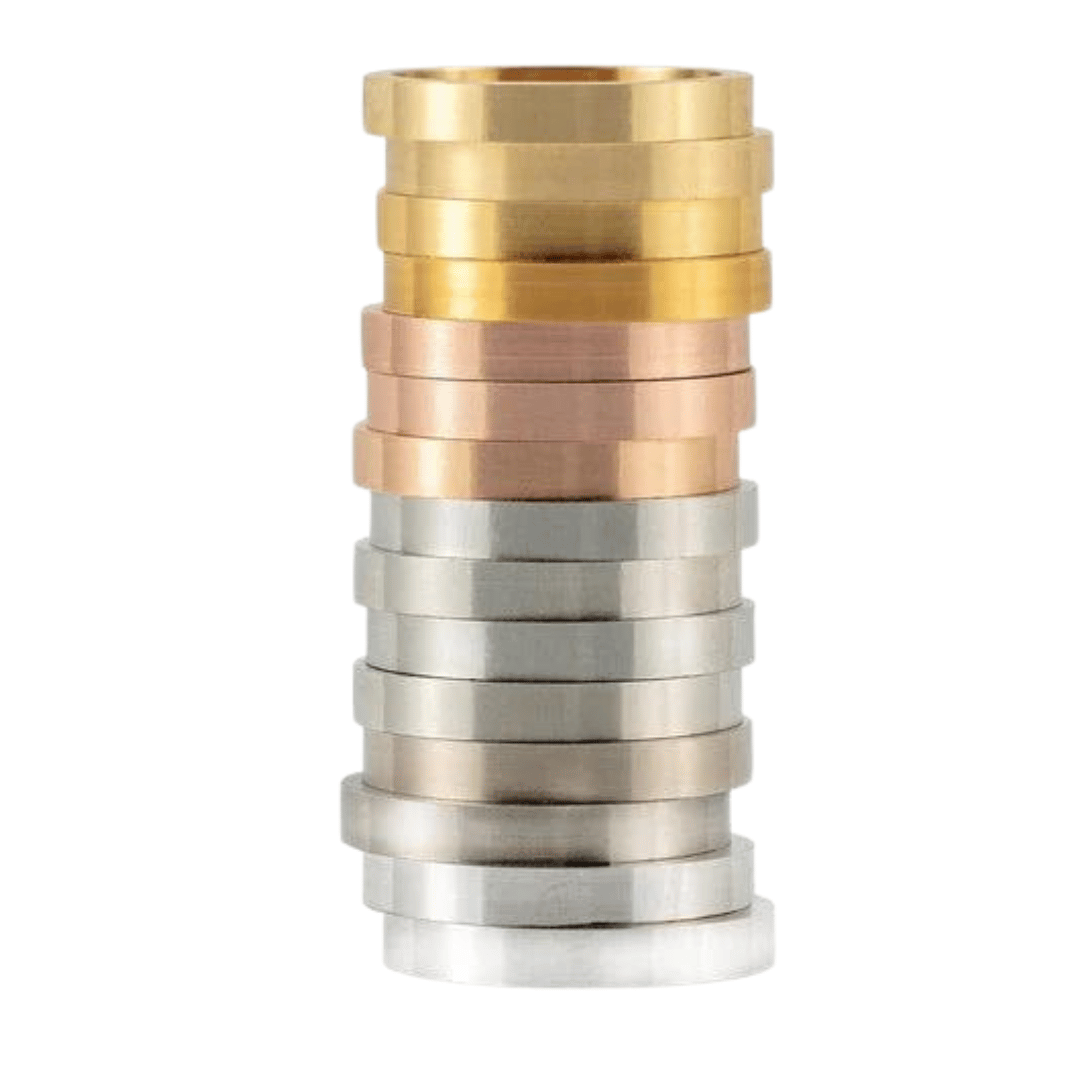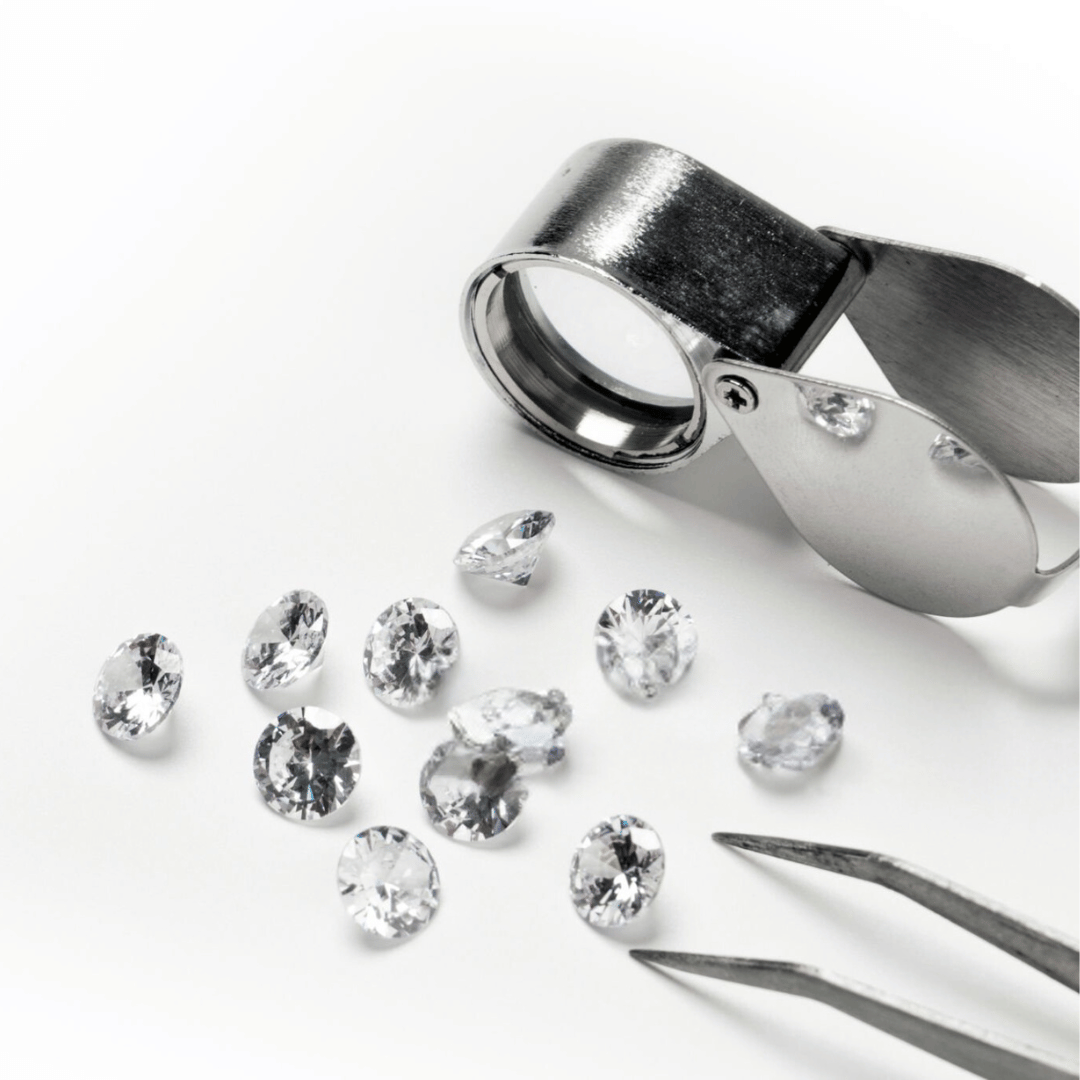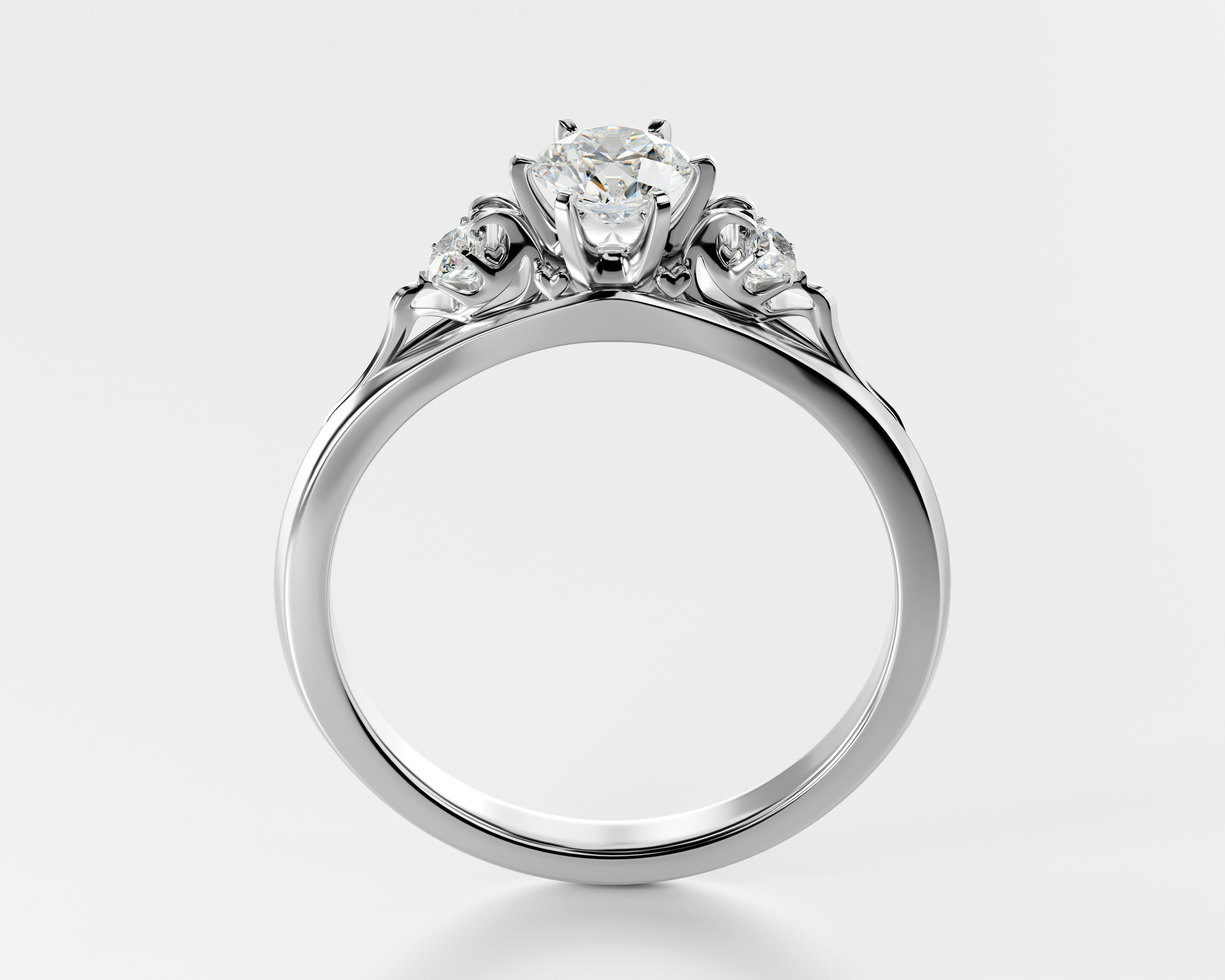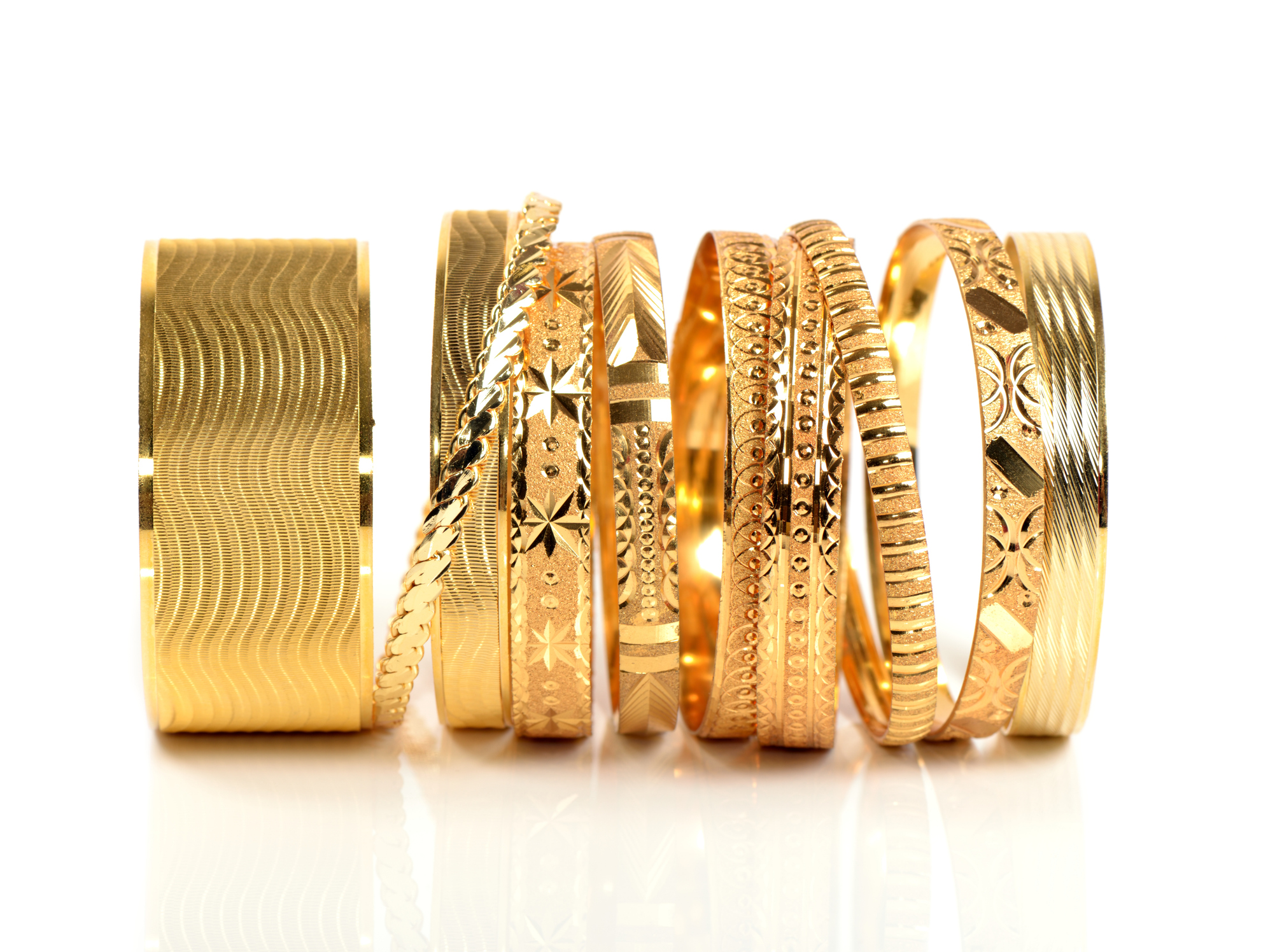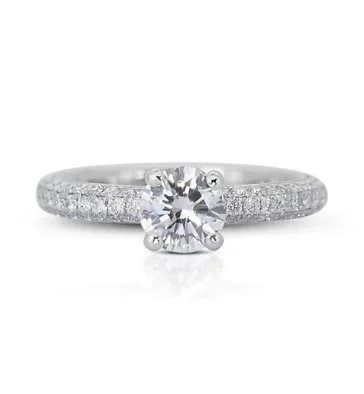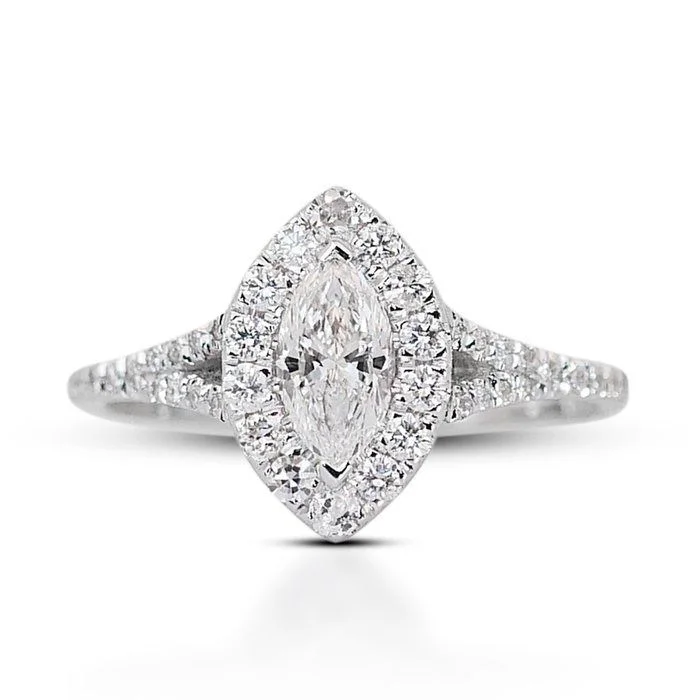Which Diamond Lab Certification Is The Best?
Which
Diamond Lab Certification
is the Best?
Key Highlights:
- Certificate Caution: Diamond certificates don’t always guarantee accuracy. Unlike patented products, diamonds are natural, allowing for less regulated grading.
- The “Fun Lab” Fiasco: Beware of labs that inflate grades. A “real” F VS1 diamond might be labelled D IF by a “fun lab,” costing you more for the same stone.
- Trust & Transparency: Choose GIA, IGI, HRD, or AGS certificates for reliable grading. Prioritize certificates from reputable labs for future resale.
- Empowered Buying: With this knowledge, you can make informed decisions and find the perfect diamond that aligns with your budget and preferences.
- Top Lab Breakdown:
– GIA: The Benchmark – Sets the standard for accurate grading.
– HRD: Generally Aligned – May offer slightly higher grades for top stones.
– IGI: Similar to HRD – Potential for higher colour & clarity grades.
– EGL/IGL: Buyer Beware – Significant grade inflation possible. Opt for EGL USA or EGL Platinum for stricter grading.
– AGS: Cut Emphasis – Known for “triple zero” certificates highlighting cut quality, with potential colour and clarity upgrades vs GIA.
Choosing a diamond can indeed be overwhelming, especially when you consider the various grading laboratories that assess and certify diamonds. Each lab has its own standards and grading methods, which can lead to differences in the evaluation of the same diamond. This post aims to clarify the roles of key diamond labs and highlight potential discrepancies that buyers might encounter, helping you make an informed decision.
The Achilles' Heel of Diamond Certificates
The burning question: can you trust every diamond certificate? Unfortunately, the answer is no. Unlike patented products, diamonds are natural resources, making consumer protection less straightforward.
Anyone can establish a diamond lab and rely solely on visual assessment for grading. Here’s the problem: diamond prices are heavily influenced by weight, colour, and clarity.


The "Fun Lab" Fiasco
Imagine a strict lab grading a diamond as F VS1 – a price tag of roughly $10,000 per carat based on the standard list. Now, a less stringent lab, nicknamed a “fun lab,” might label the same diamond D IF or VVS, inflating its perceived value to $16,000–$18,000 per carat. This “loose” grading benefits the seller, not the buyer. An unsuspecting customer might believe they’ve snagged a D IF diamond at a steal with a “fun lab” certificate for $12,000. In reality, they’ve overpaid by 20% for an F VS1 diamond. Remember, “cheap” can often turn out to be expensive in disguise.
Decoding the Top 5 Diamond Labs
Here’s a breakdown of the five most prominent labs and their grading tendencies:
- GIA vs. HRD: Widely considered the most reliable lab, GIA sets the grading benchmark. HRD assessments usually differ by one colour grade or half a clarity grade compared to GIA. In exceptional cases, top colour and clarity diamonds might receive 1.5–2 higher grades in HRD. Both labs are generally consistent in cut and fluorescence assessments.
- GIA vs. IGI: IGI aligns closely with HRD in colour and clarity. However, for the very top colours using syndicate rough diamonds, IGI might award 2 higher grades in both colour and clarity. Additionally, a GIA-graded diamond with medium or strong fluorescence could receive a slight or very slight rating in an IGI certificate. IGI also tends to be slightly more lenient on cut than GIA.
- GIA vs. EGL/IGL: Grading discrepancies here can be significant, ranging from 2–4 colour grades (EGL USA is stricter, with a potential difference of only one colour grade). Clarity grades can be 1–2 levels higher in EGL. This means a diamond with an EGL certificate could potentially boast 6 higher grades that don’t reflect the stone’s actual characteristics. If you choose an EGL certificate, opt for EGL USA or EGL Platinum, considered the strictest within the EGL network.
- GIA vs. AGS: AGS is known for its emphasis on cut and light reflection, reflected in their “triple zero” certificates. Colour upgrades can be 1–2 grades, with a half-grade increase in clarity compared to GIA.
The Bottom Line: Trust and Transparency
While numerous labs exist, only a select few offer accurate grading that reflects the diamond itself. GIA reigns supreme in terms of accuracy, followed by IGI, HRD, and AGS. Many other labs tend to inflate grades, favouring the seller.
When purchasing a certified diamond, prioritize certificates from reputable labs like GIA and those commonly traded amongst wholesalers for easier future resale. Remember, informed buying empowers you to make the best diamond decision for your budget and preferences.
Conclusion
Navigating the world of diamond grading labs can feel overwhelming, especially when you’re investing in something as meaningful as a diamond. Each lab has its own grading standards, and understanding these differences is crucial to making sure you get what you pay for. A certificate can add significant value to a diamond, but it’s the reputation of the lab behind that certificate that truly matters.
The Gemological Institute of America (GIA) is often considered the gold standard in diamond grading. Their assessments are known for being consistent and strict, ensuring that a diamond’s quality is accurately represented. Following GIA, labs like the International Gemological Institute (IGI), the Hoge Raad voor Diamant (HRD), and the American Gem Society (AGS) also provide trustworthy grading, though they might have slightly different grading scales and criteria.
Unfortunately, not all labs adhere to the same level of rigor. Some may assign higher grades to diamonds than they deserve, which can lead to you paying more for a stone that isn’t as valuable as it seems. This can be disappointing, especially when you’ve poured time, energy, and emotion into selecting the perfect diamond.
That’s why it’s so important to prioritize reputable labs like GIA, IGI, HRD, and AGS. By understanding their grading tendencies, you’re not just buying a diamond—you’re investing in a piece that will hold its value and beauty over time. Your diamond should reflect the love and commitment it symbolizes, and making an informed choice ensures that it will.
Ultimately, with a bit of knowledge and care, you can choose a diamond that truly sparkles, both in its brilliance and in the confidence you have in your purchase. Remember, you deserve a diamond that is as genuine and precious as the memories it will represent.


